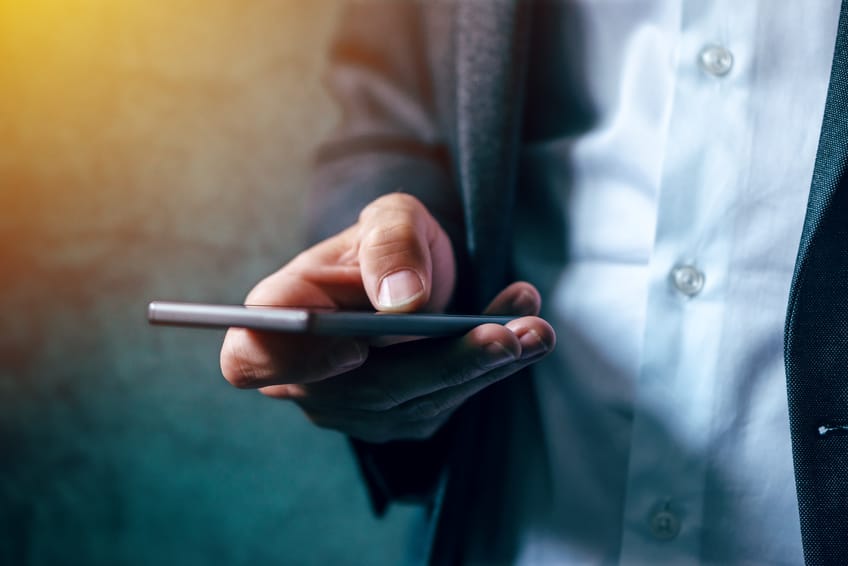As a network administrator, your role is a complex one but your primary task is to keep the network active and ensure that all users have smooth access to all network assets. You may have to conduct performance tests, hardware and software inventory audits (including virtual machines) and monitor areas from UPS battery status to current website connections. Configuration and maintenance take up more of your time. A variety of monitoring tasks are necessary and you perform all of them using a combination of enterprise solutions, third-party software and open source tools.
Where does SMS fit into this high-tech environment? In technology terms, SMS has been around a long time (since 1992) and many falsely believe that it is no longer of value today. This is not the case as the technology is still used in many practical applications, in emergency alert systems, in marketing and, of course, it also has valuable applications in network monitoring.
Network Downtime
Sometimes technology fails, an unfortunate fact of life, but true nonetheless. When your network goes down, your business will grind to a halt in most cases. A power outage, for example, will typically mean that all network communication will cease from that moment on. Uninterruptible power supplies (UPS’) may delay the inevitable for a few hours and generators will ensure local access continues. However, if the power loss is not confined to your building but instead a blackout affecting your neighbourhood, city or county, then you can assume your broadband connection has been lost.
If this occurs during office hours, when IT staff are onsite, then normal service will resume as soon as the power returns. However, what happens if the outage occurs outside office hours and you have an e-commerce store that relies on your servers and a high-speed broadband connection? You may have scheduled backups or support sites that have been interrupted. In such a setting, it is important that service is resumed quickly.
In most cases, you will be unaware of the outage until the start of the next working day. Can your company afford such a delay? Consider the financial and reputational impact of this downtime.
Citing a 2015 IHS report, Network Computing’s Joe Strangelli estimated “ a cost to North American companies of $700 billion a year for ICT outages. This includes lost employee productivity (78%), lost revenue (17%), and actual costs to fix the downtime issues (5%).”
Of the 400 mid to large U.S. companies surveyed, an average of five downtime incidents take place each year, with costs for each incident ranging from $1 million to $60 million.
Luckily, it is possible to eliminate some of the risk.
SMS Benefits
If your network goes down, response time is the most important factor as solving the problem quickly reduces downtime costs. Sending an alert to your IT admin may seem an obvious solution but how is this achieved?
An SMS gateway is a way to build in some form of redundancy to your network alerts. If your network is down, a standard email or network alert will not work as… the network is not operational due to loss of power or loss of connection. An SMS gateway has its own power source, a SIM card to allow cellular network access and preconfigured alert messages. Once the gateway detects connectivity loss, it sends an SMS to the network administrator. It can also send emails if a 2G+ data connection is available. 2G is slow but functional. SMS is effective for several reasons – it works on all mobile networks (from GSM to 4G) and on all mobile phones.
In addition, the recipient is more likely to respond quickly to an SMS alert than any other form of electronic communication. Given the number of tweets, beeps, pings and other audio notifications on smartphones, it is surprising that SMS still retains top status in terms of response rates, but marketers confirm that SMS creates a genuine sense of urgency for each received message.
Therefore, your network administrator is sure to act quickly after receiving an SMS alert, and with any luck, can get your network operational as soon as possible.
Other considerations
Companies with SMS gateways in place can relax, secure in the knowledge that essential connections are monitored and that once inactive, an alert is sent out to the responsible parties.
However, alerts alone are not enough to ensure network uptime. As mentioned previously, technology will fail and a comprehensive inventory of spare parts is necessary to mimimise network downtime. Human error and cybersecurity threats are other issues that alerts will not solve–but IT and security awareness training for all employees will not only mitigate these threats but also reduce the risk of network downtime.
In conclusion, when network downtime occurs, you need a rapid response team. Given the cost of downtime to your company, it is worth ensuring your network administrator receives immediate alerts when the network fails. This not only makes financial sense but is a no-brainer for maximising business continuity and preventing reputational damage.

Michael O’Dwyer is a Hong Kong-based business and technology journalist, independent consultant and writer whose stories have appeared on Forbes.com, The Street, IBM’s Midsize Insider, HP’S Pulse of IT, Dell’s Tech Page One and other IT portals, typically covering areas where business and technology intersect. He writes for both US and UK audiences and acts as a technology and open source advocate. Twitter: @MJODWYERHK









